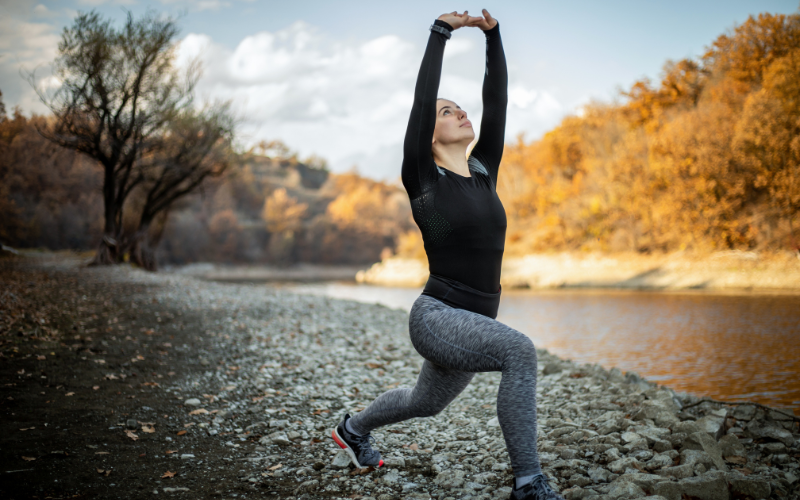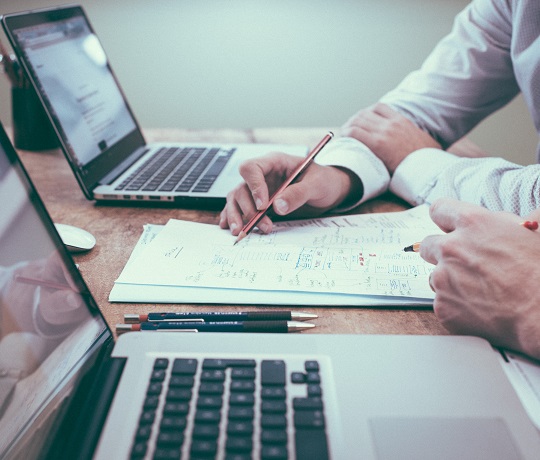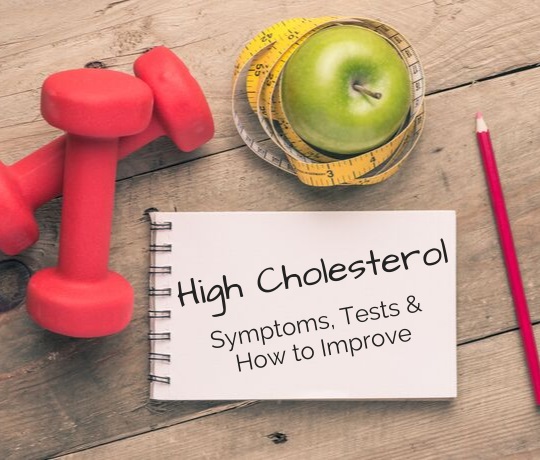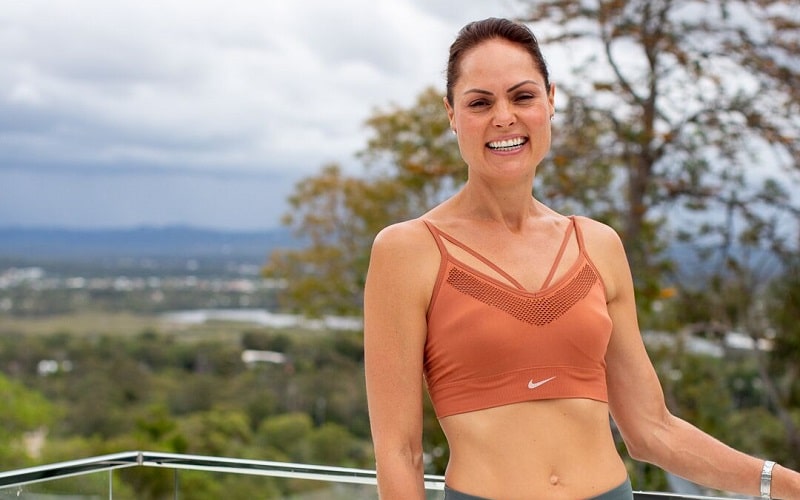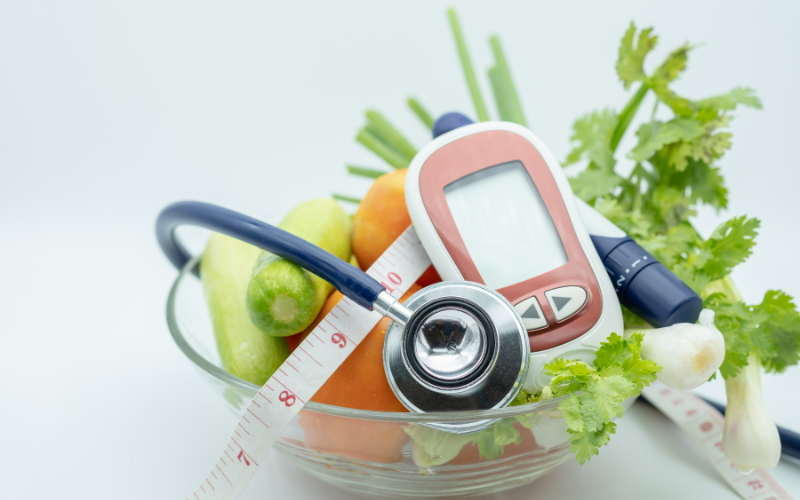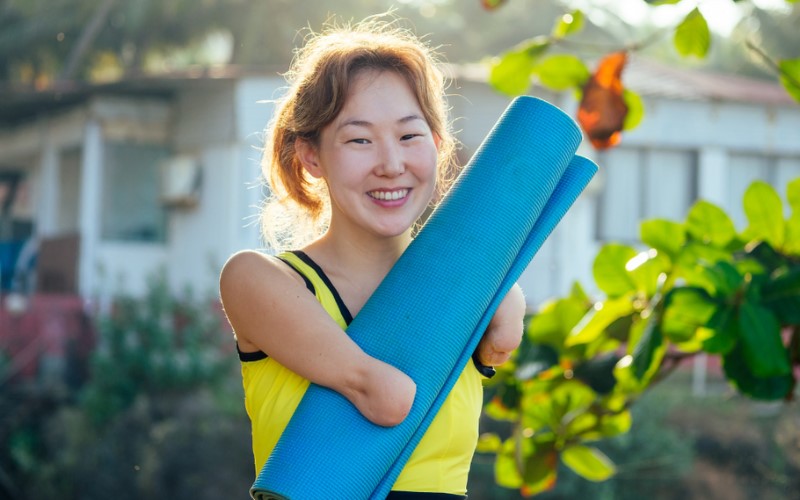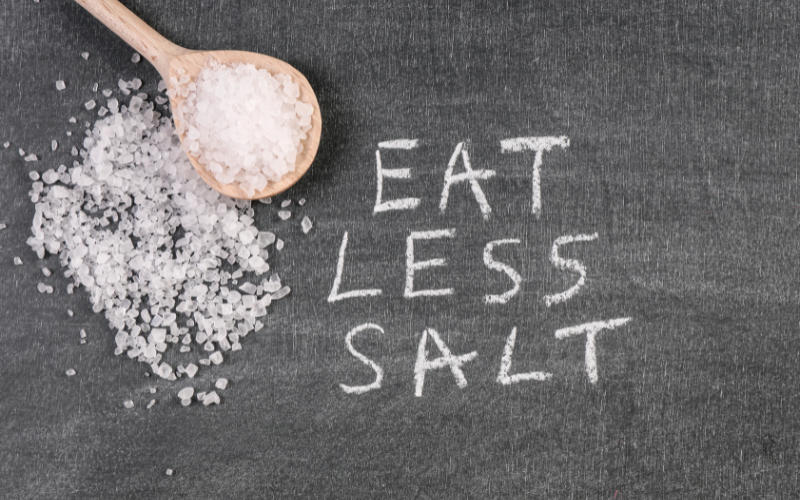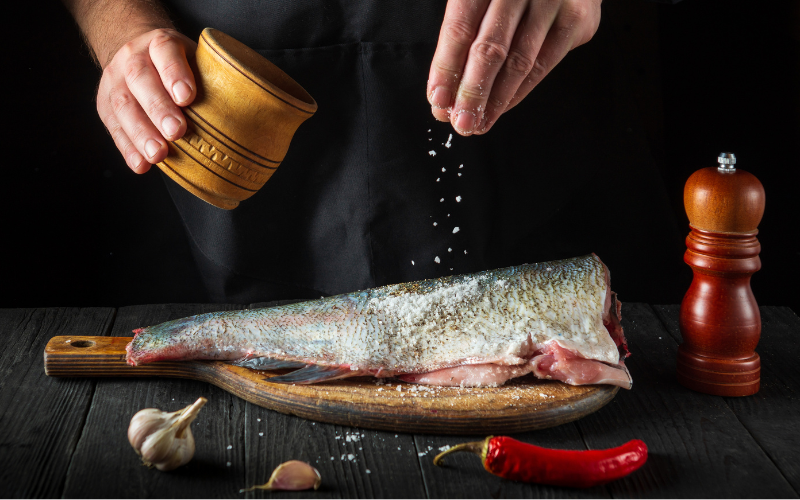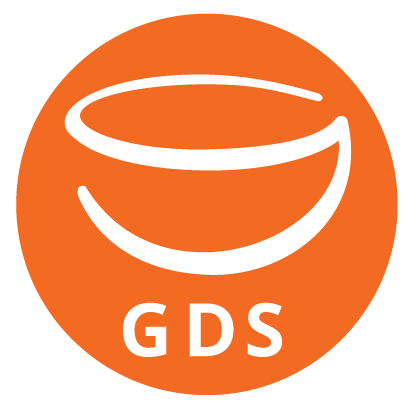Zoe Bingley Pullin: Simple Health and Fitness Tips
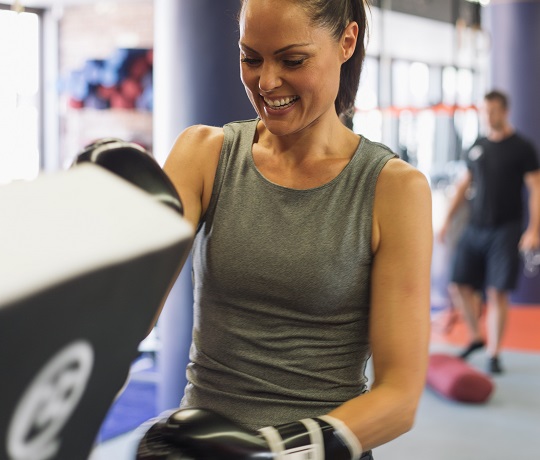
Interestingly, the two biggest barriers for women not maintaining a healthy lifestyle are a lack of time, and lack of priority. This week, why not start to make some positive changes that can last a lifetime.
Make exercise a priority & stay motivated
Firstly, let me tackle that lack of priority by highlighting to you the benefits of engaging in physical activity – there are so many, I can assure you! Here’s just a few – weight management; lower blood pressure; reduced risk of heart attack, type 2 diabetes and cancer; stronger bones, muscles and joints; improved mood, better sleep and more energy.
Staying motivated can be a challenge for many people but fortunately there are plenty of techniques to help you with that. For example, set yourself some goals, try different forms of exercise so you don’t get bored, exercise with a friend or training partner, add it to your calendar so you set aside the time, make it a habitual part of your routine like walking the dog each day, or enlist the help of technology – there are plenty of apps available to provide inspiration and information to keep you on track with health and fitness.
Is diet or exercise more important?
To achieve weight loss, you must create a deficit of calories (less calories in than out). Studies have shown that it’s hard to achieve this through exercise alone and what you eat is a more effective method. Experts tend to agree that about 80% counts for diet and exercise 20% when it comes to weight loss.
While diet will help you with fat loss, and therefore with your overall body composition (fat to muscle ratio), it won’t do anything to help you tone up. For that, you’ll need to engage the services of some physical activity, ideally resistance training.
The best advice is that to optimise weight loss, improve body composition and muscle strength, plus overall health, a combination of diet and exercise is recommended.
What type of exercise is best & how much?
The good news is that it doesn’t matter. It’s your choice. And before you feel put off thinking that your workout has to involve burpees, squats, pushing weights and sweating profusely, think again. The Australian Department of Health recently updated its guidelines and now recommends:
- Doing any physical activity is better than doing none. Start with something and gradually build up to the recommended amount.
- Be active on most, preferably all, days every week.
- Each week, accumulate:
- 2.5 - 5 hours of moderate intensity physical activity (e.g. brisk walking, swimming, social tennis, dancing) or
- 1.25 – 2.5 hours of vigorous intensity physical activity (e.g. aerobics, jogging, boxing, many competitive sports), or an equivalent combination of both. - Do muscle strengthening activities on at least 2 days each week.
- Minimise the time spent in prolonged sitting.
What is the best time of day to exercise + what to eat before & after?
The best time of day to exercise is the time of day that suits you the most! Elite athletes may be given different advice but for most of us, any time is a good time to exercise.
Many studies have been done to try to determine the benefits of eating before and/or after exercise. The upshot is that there’s no real benefit in eating before short duration exercise, however, if you’re going to be at it for hours then there is an advantage to eating beforehand. It really comes down to personal preference. If you’re planning an early start and don’t like working out on a full stomach, then skip breakfast or go for a light snack if that works better for you.
After exercise, however, it is important to replenish your system within an hour or two. Opt for a meal that is high in carbs (to replace what you’ve used) and high in protein (to repair muscles and tissues). Also don’t forget to top up your fluids to prevent dehydration.
Protein powders or special supplements aren’t necessarily required if you’re an average exercise punter. Just eat healthy food and try to incorporate protein and carbs in your post-workout meal. Examples of good foods to eat after exercise are: eggs or beans on toast, a salad and cheese sandwich/wrap, healthy high-protein snacks, a tub of yoghurt, salads with a generous portion of protein, or frittata. If you’re struggling for healthy options, just visit the Dietlicious menu page.

